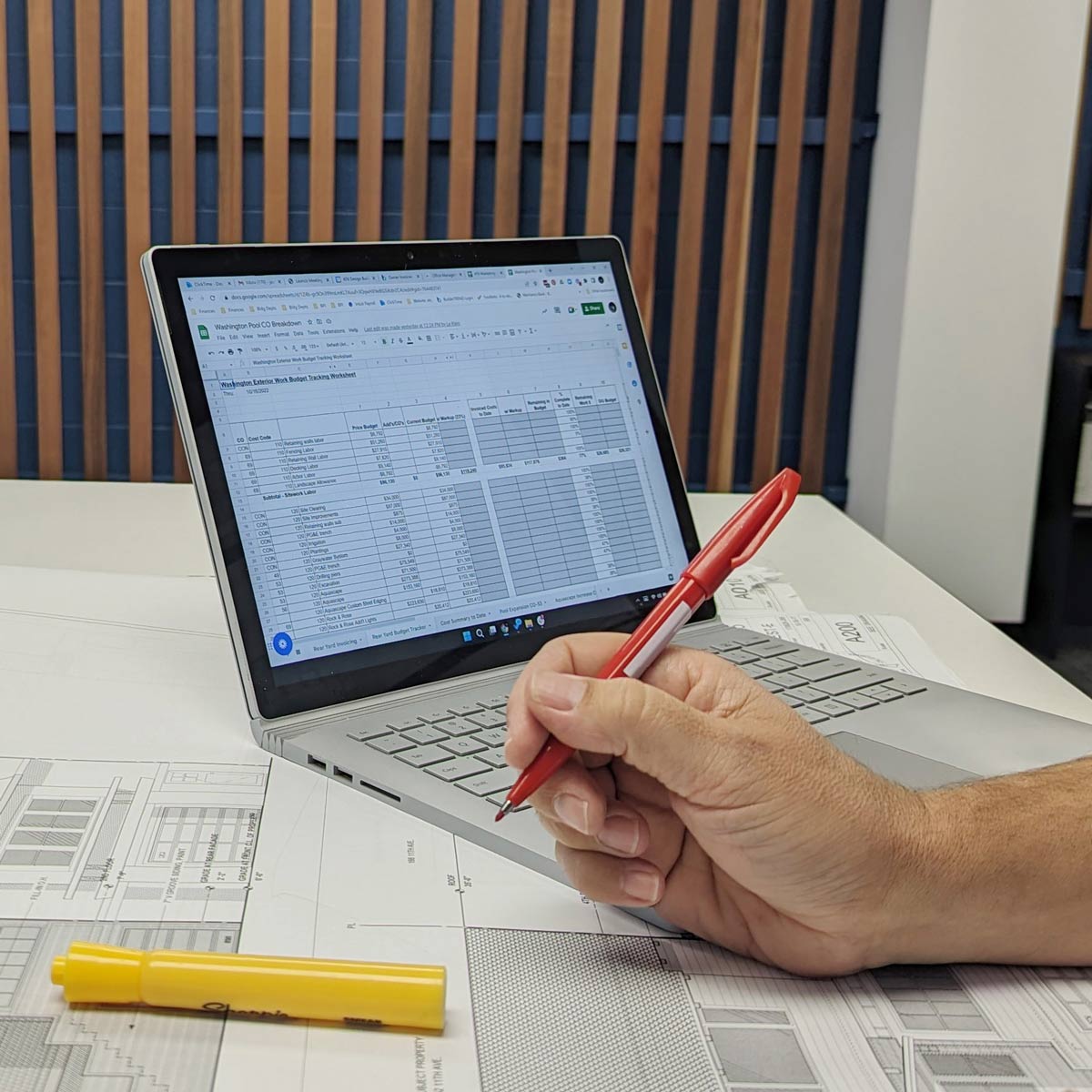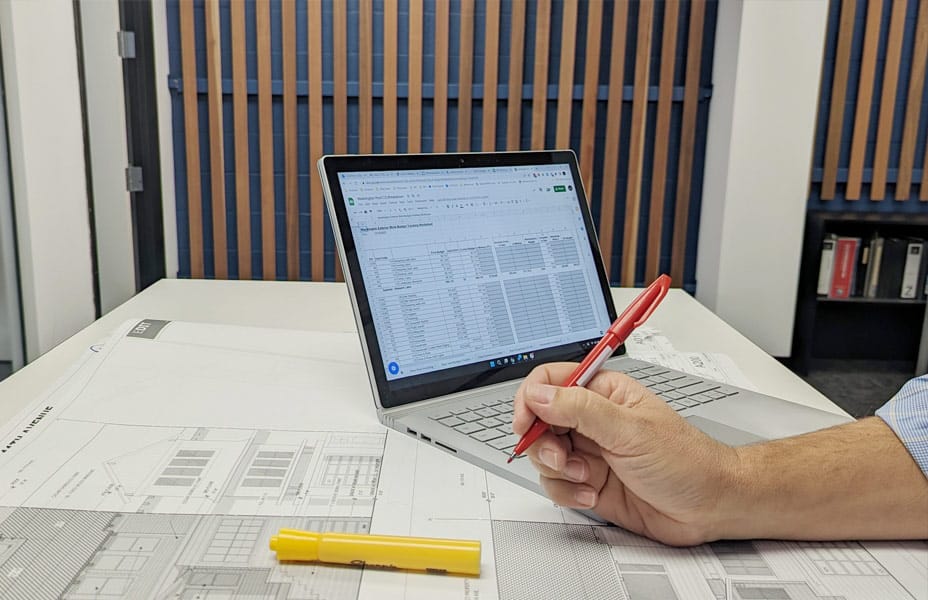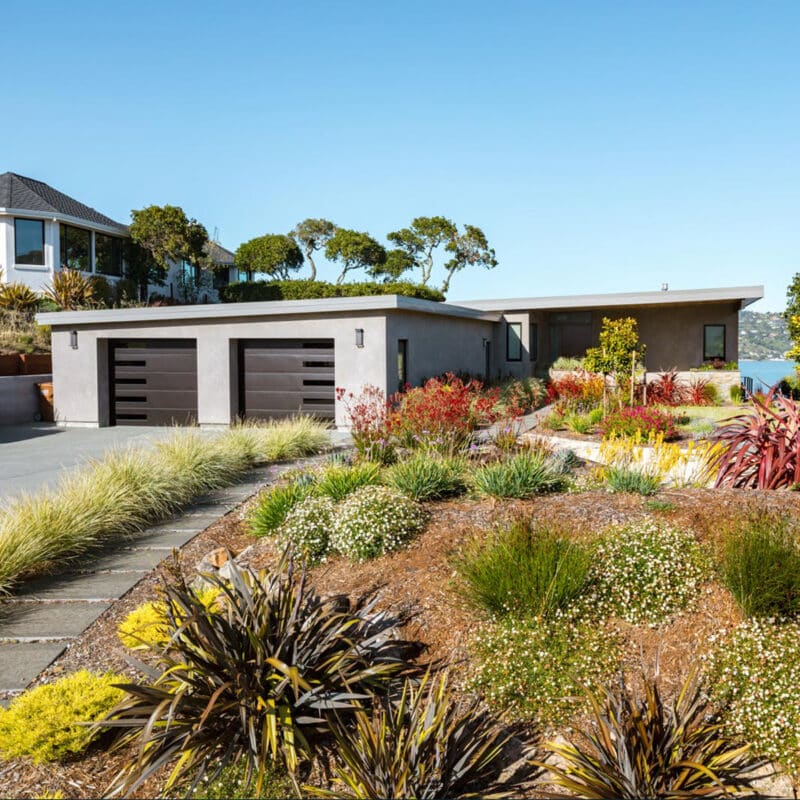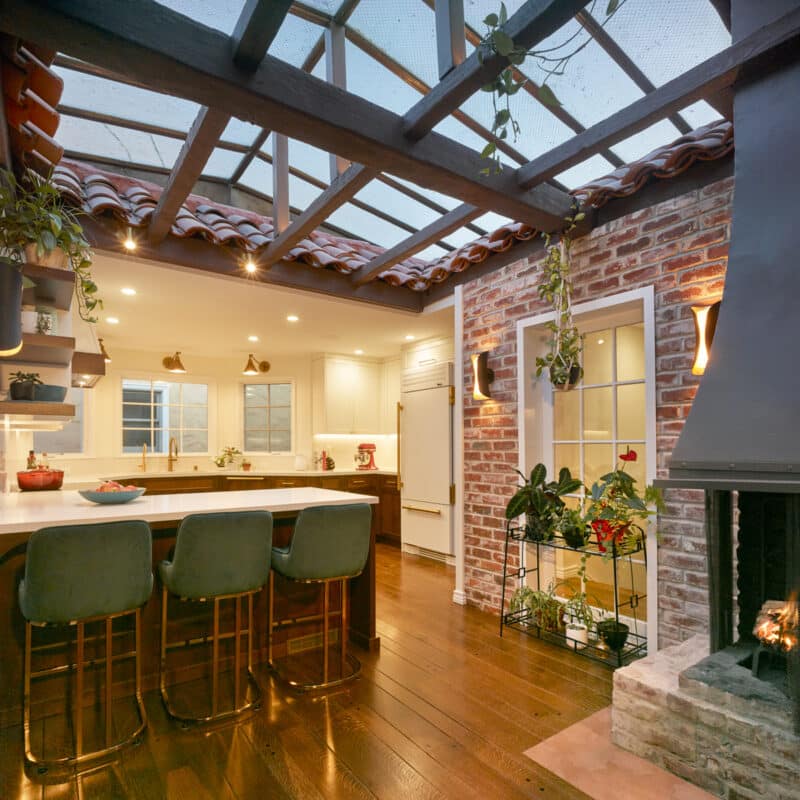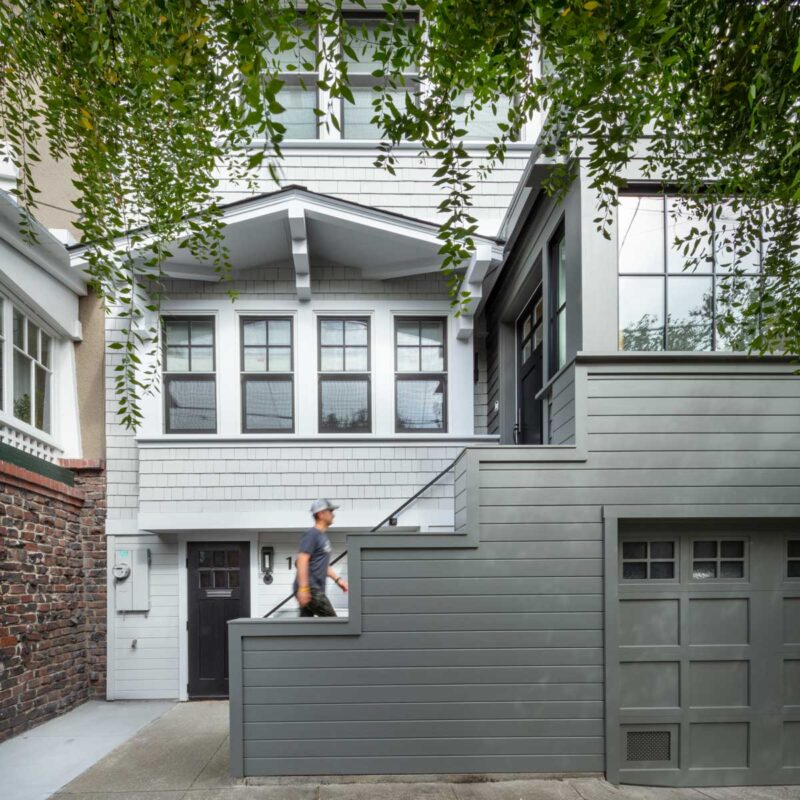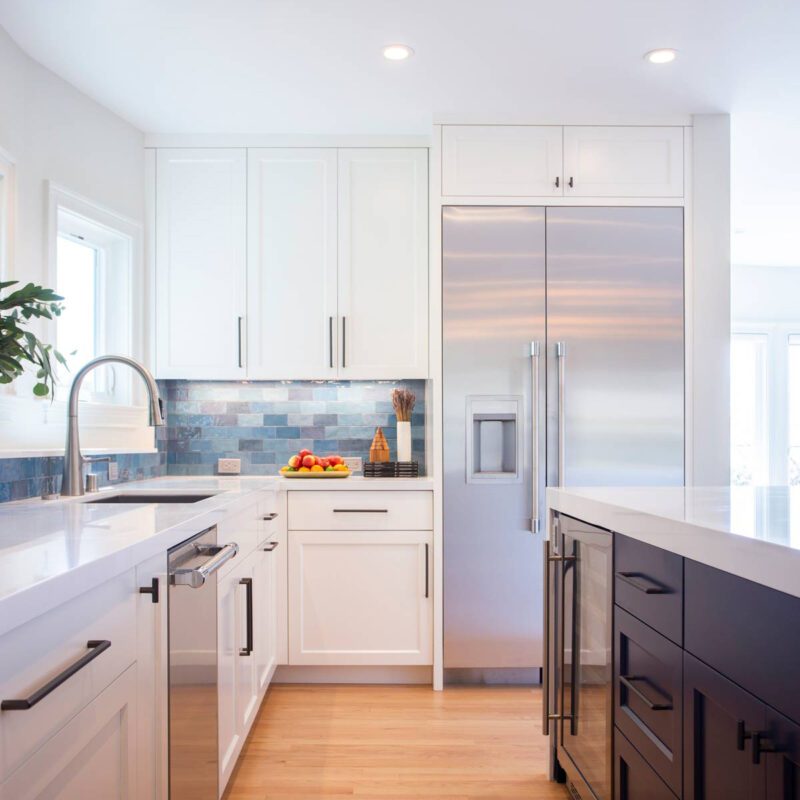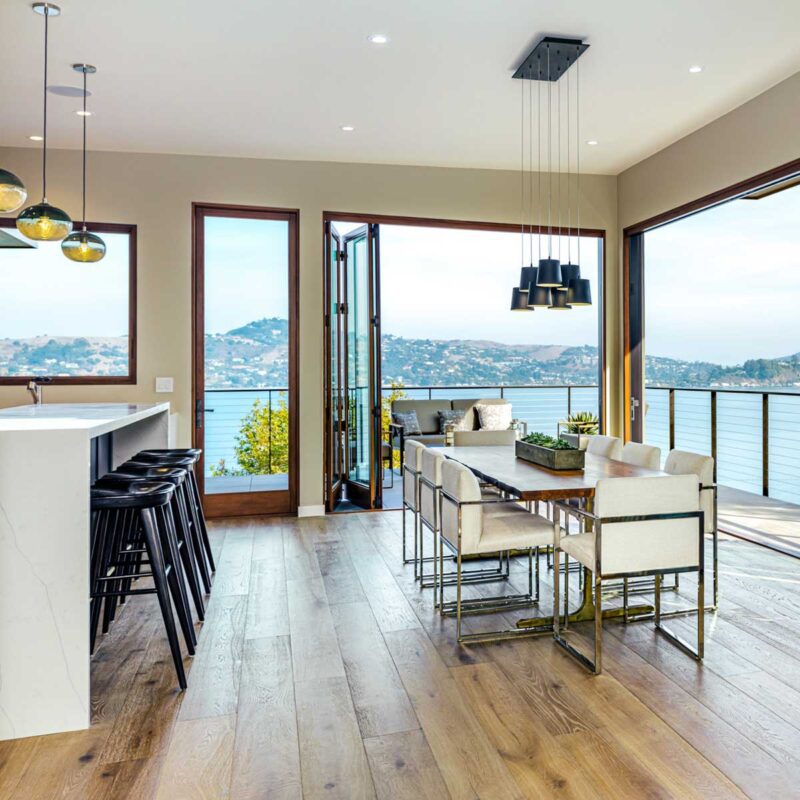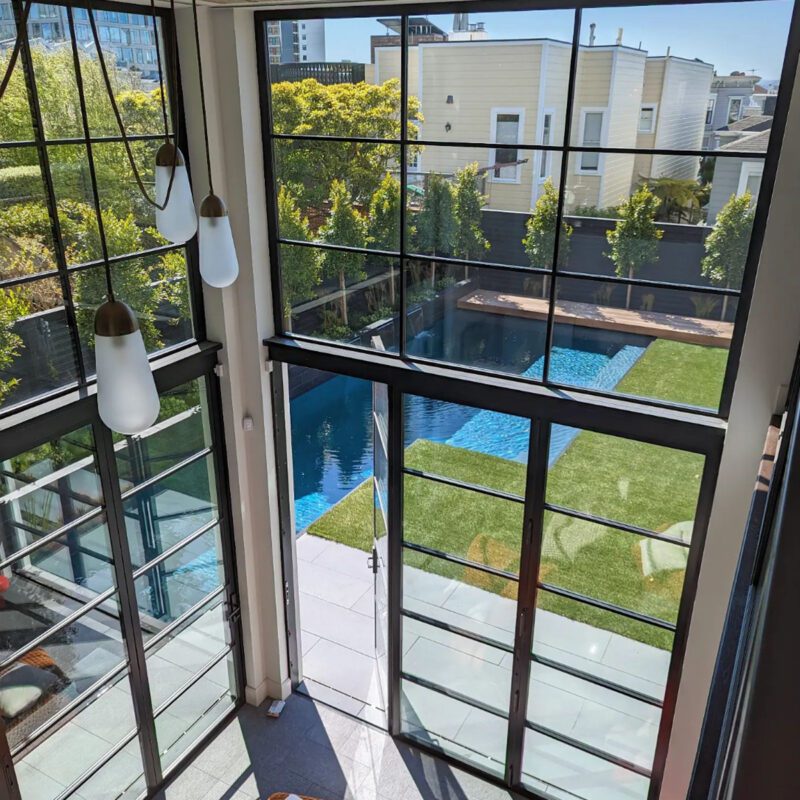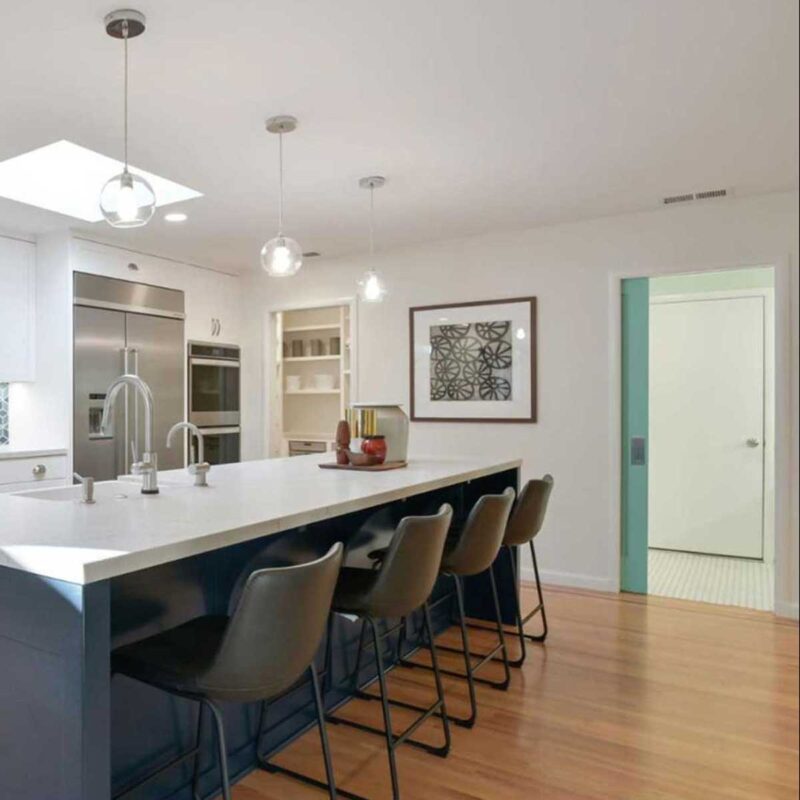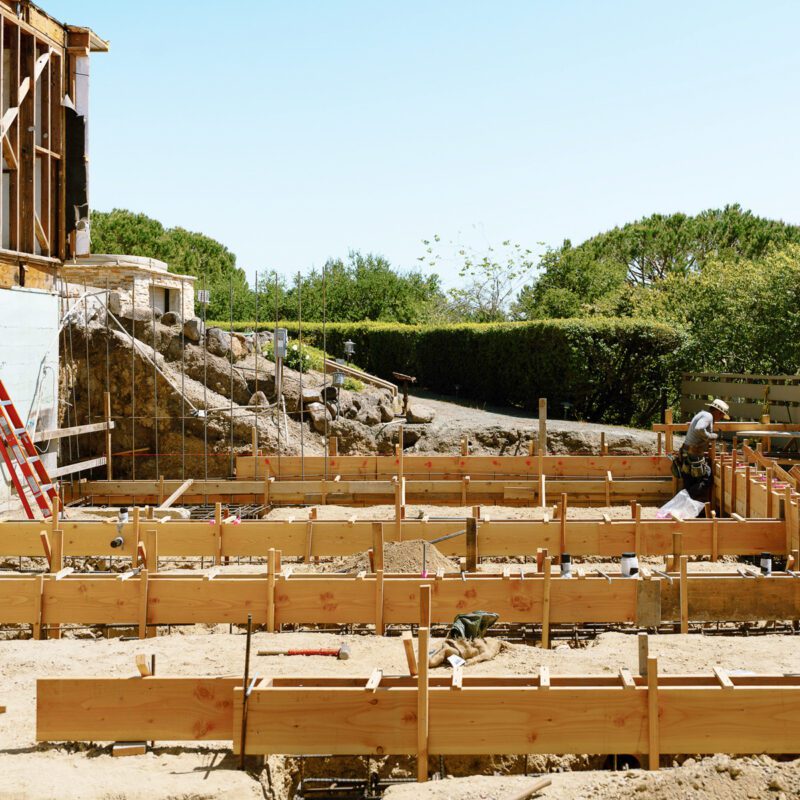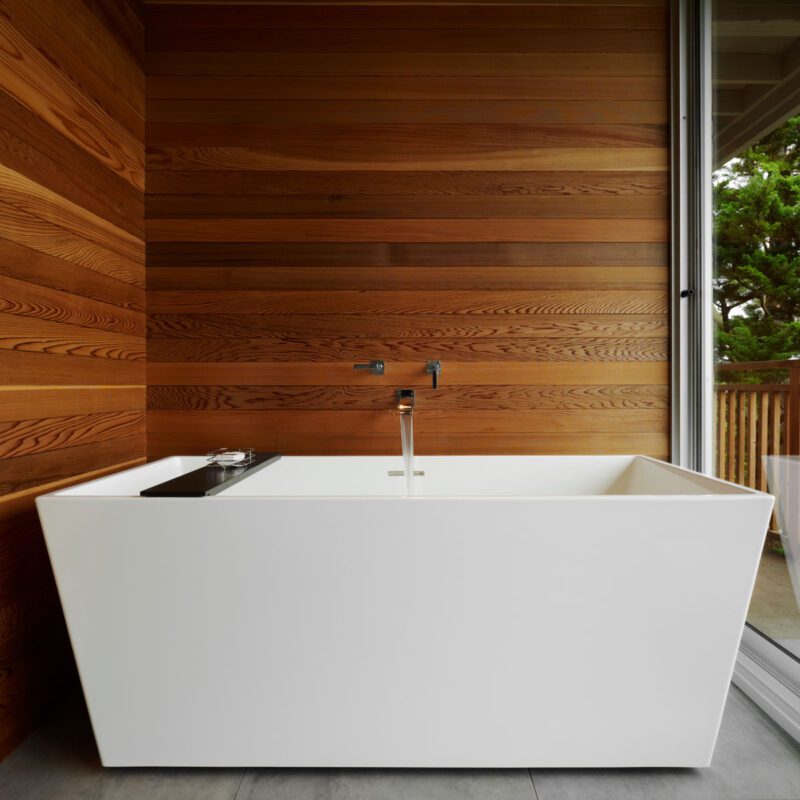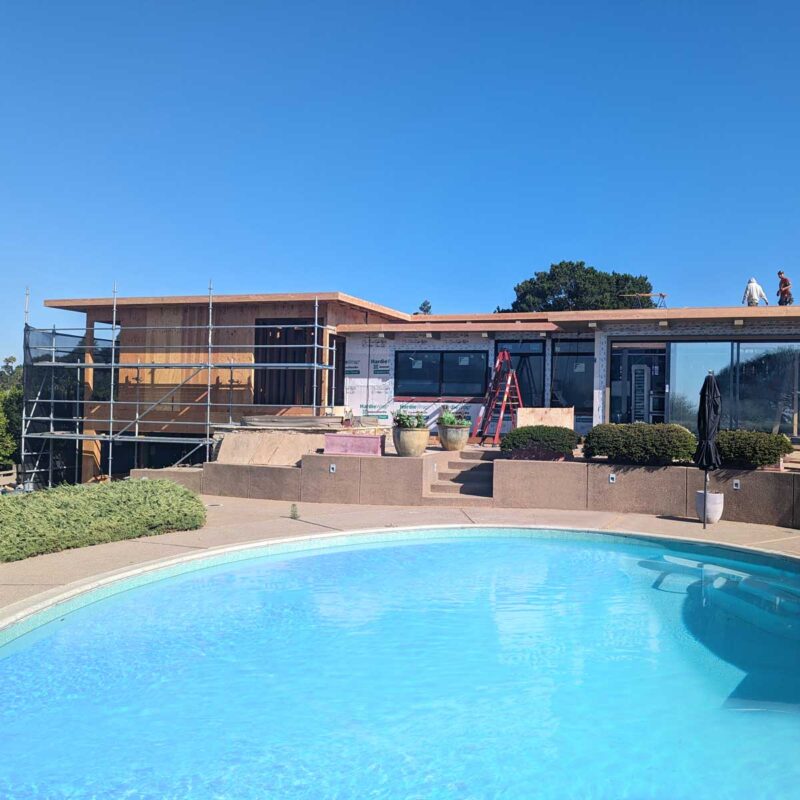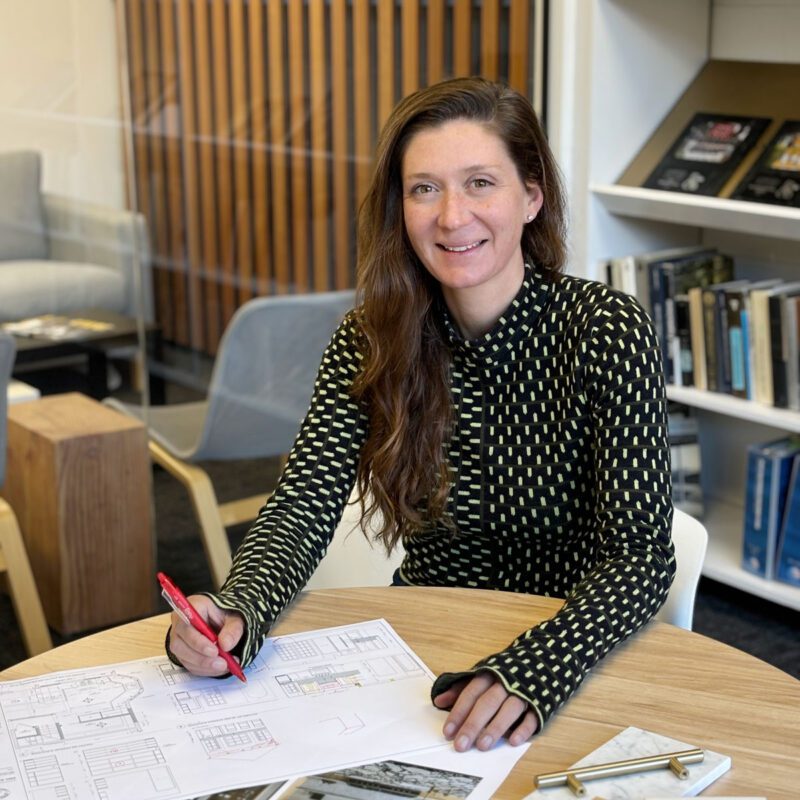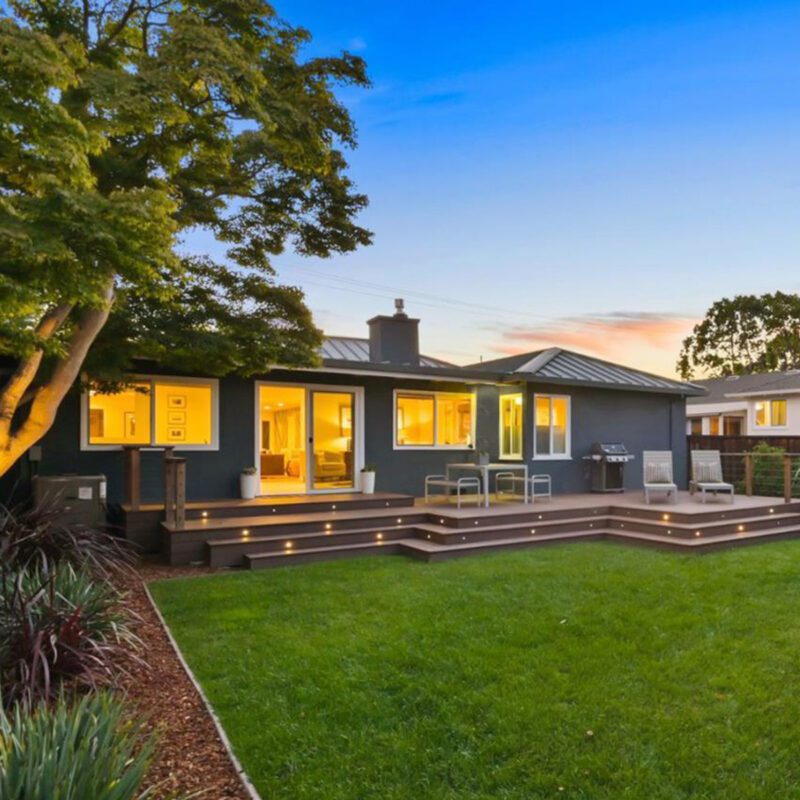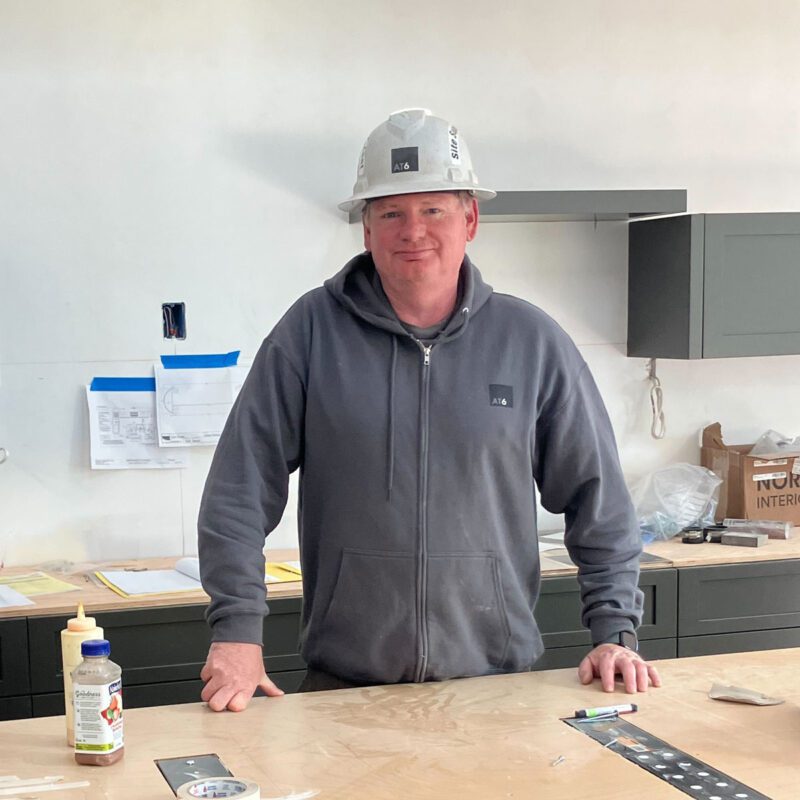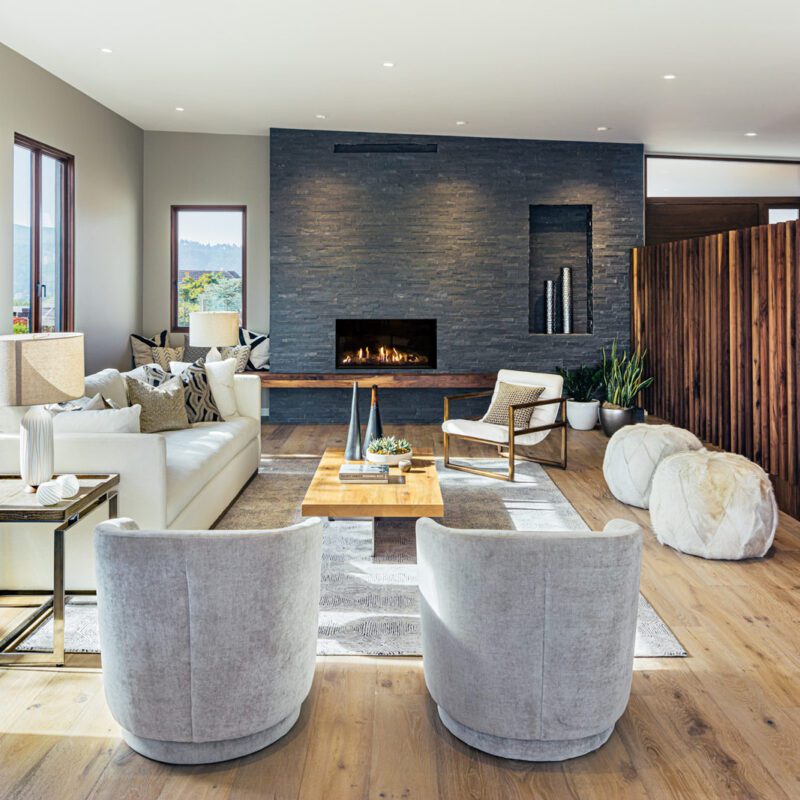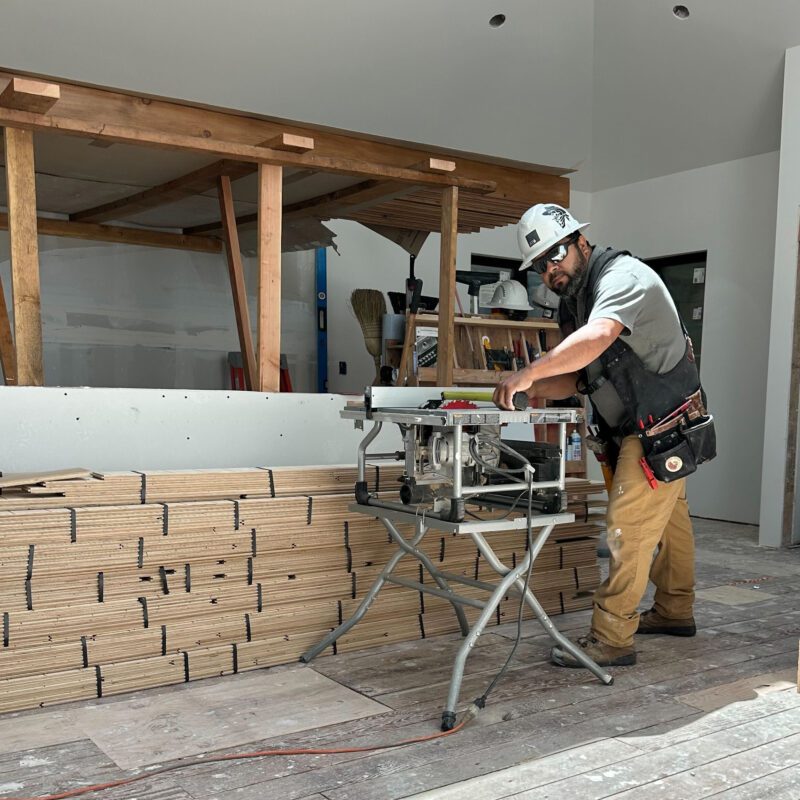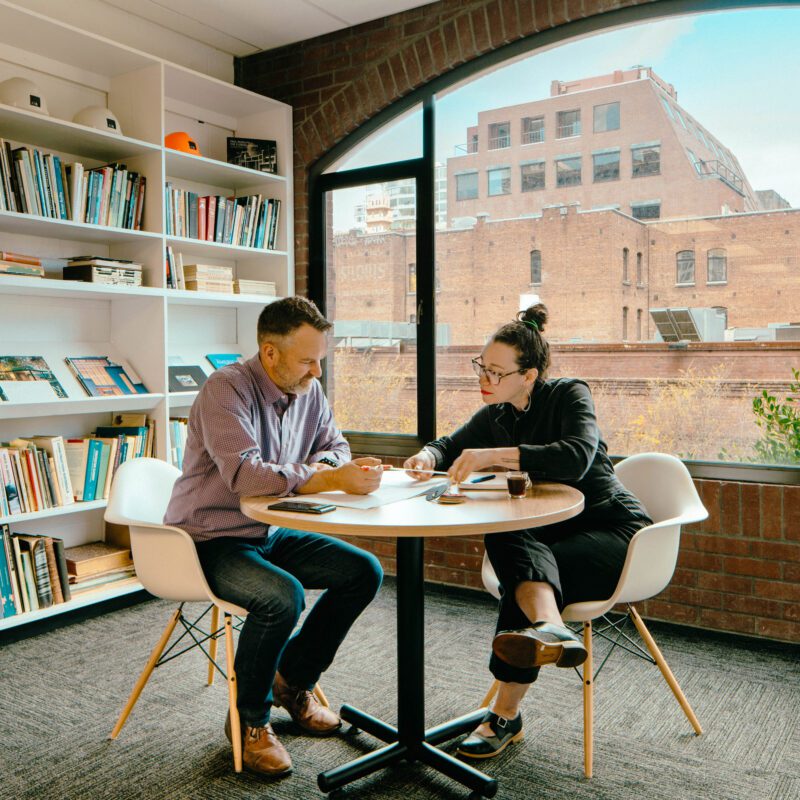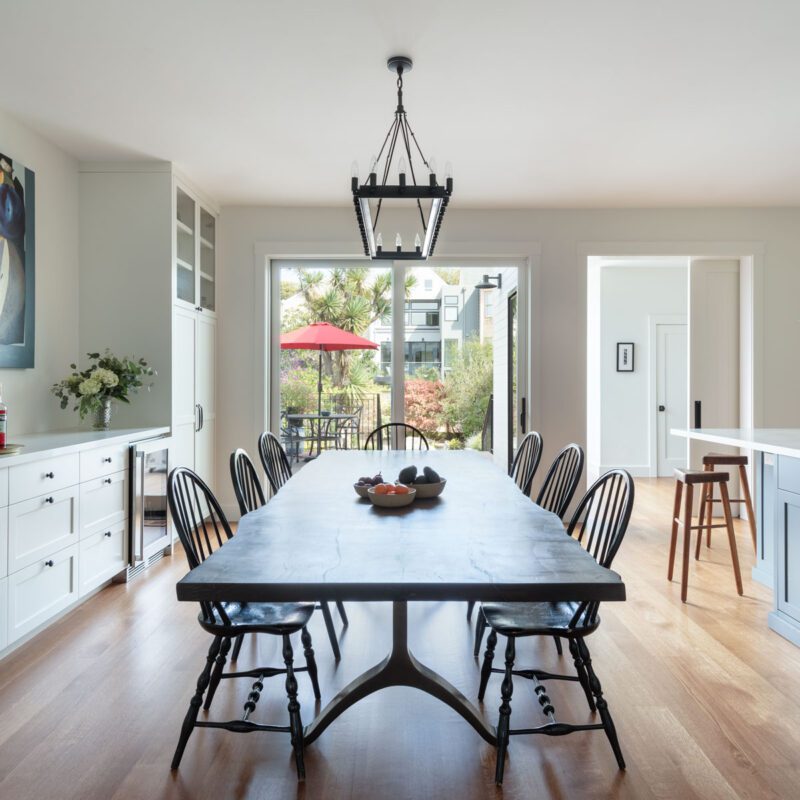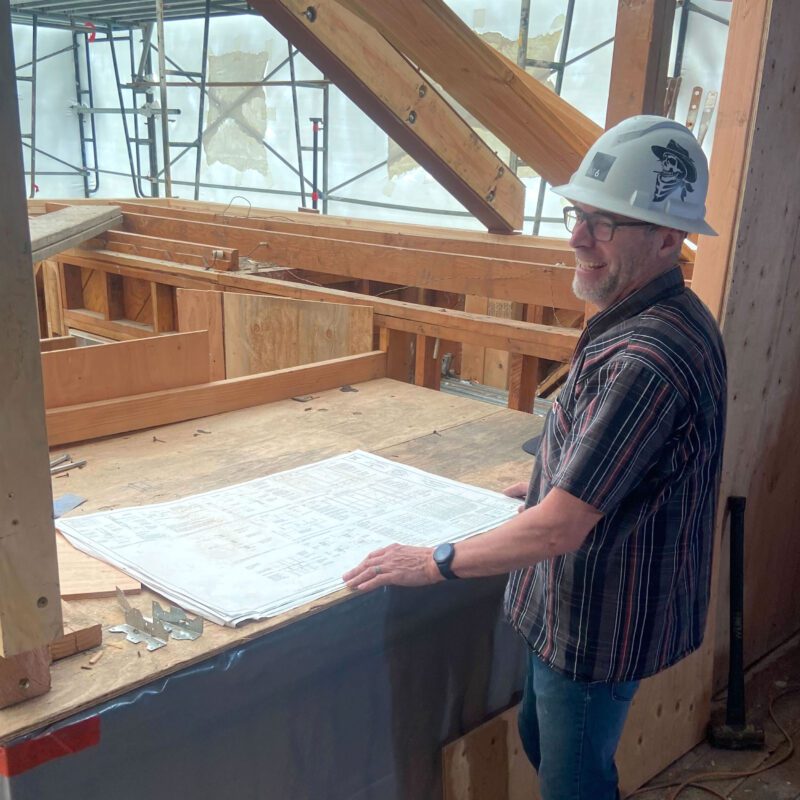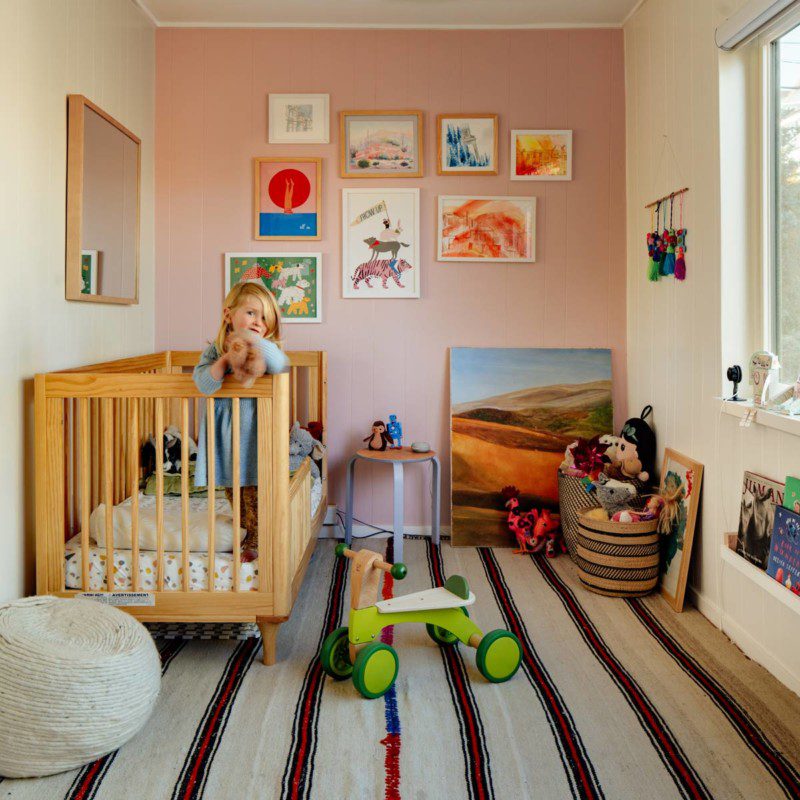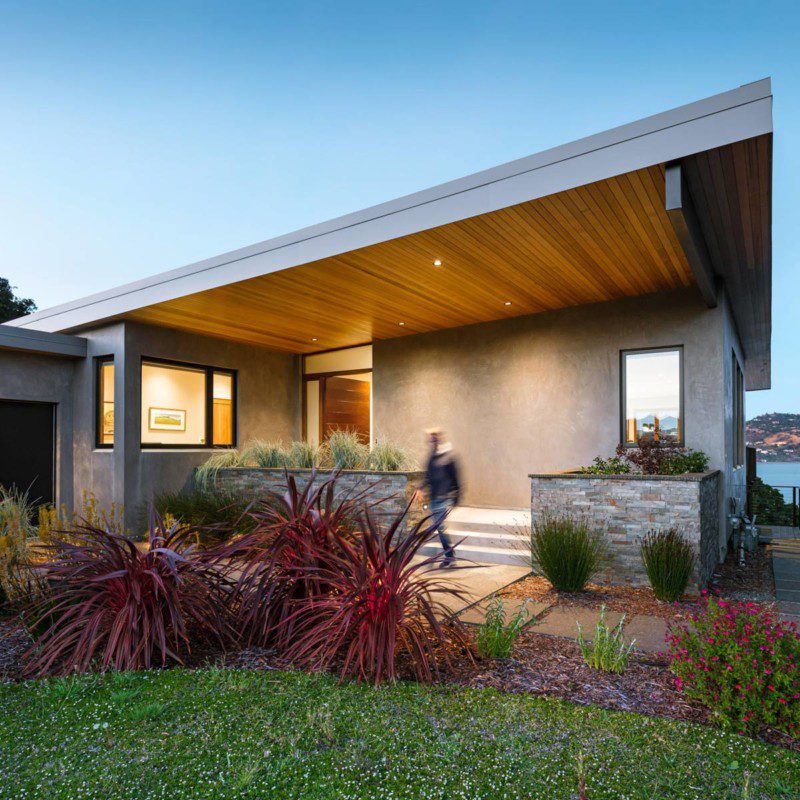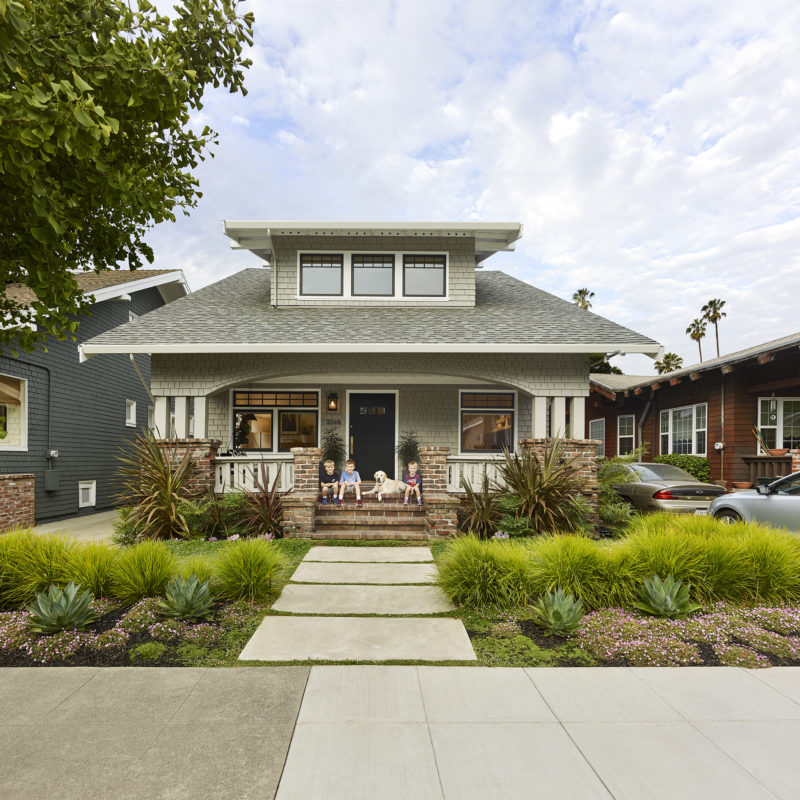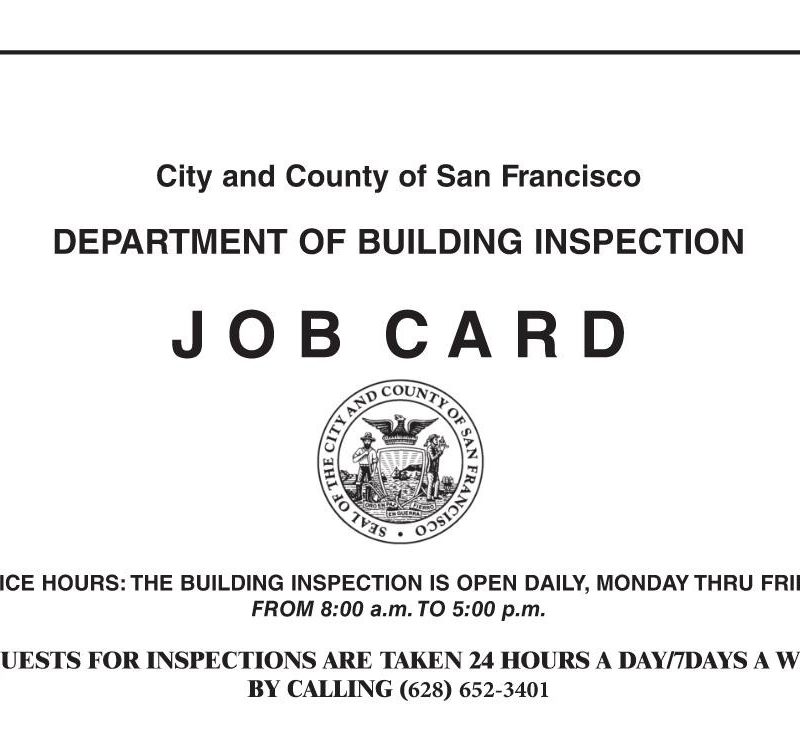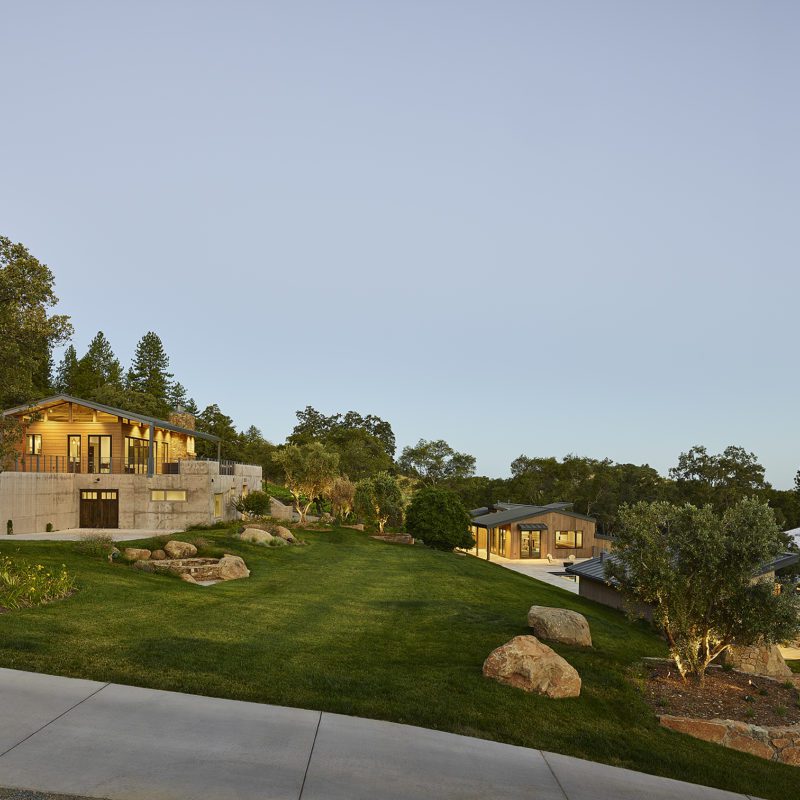Problems With the Traditional Design-Bid-Build Model
In a traditional separate architect and contractor model (often referred to as design-bid-build), detailed budgeting for a construction project happens after the design is nearly or all completed. Changes are then made to the design based on what the budget shows, which can lead to favorite elements needing to be removed or downsized—a part of the process that can lead to disappointment and frustration for clients. Redoing the design takes more time, and the project schedule can get pushed back.
We Take a More Integrated Approach
Design build approaches budgeting differently. At AT6, because we are both architects and contractors, we have the expertise in-house to seamlessly design and accurately budget concurrently. After setting a budget early, we update the cost throughout the design phase rather than at the end. Problems are anticipated and dealt with before the design is completed. This makes the process much more streamlined and efficient and leads to a shorter timeline from beginning to end.
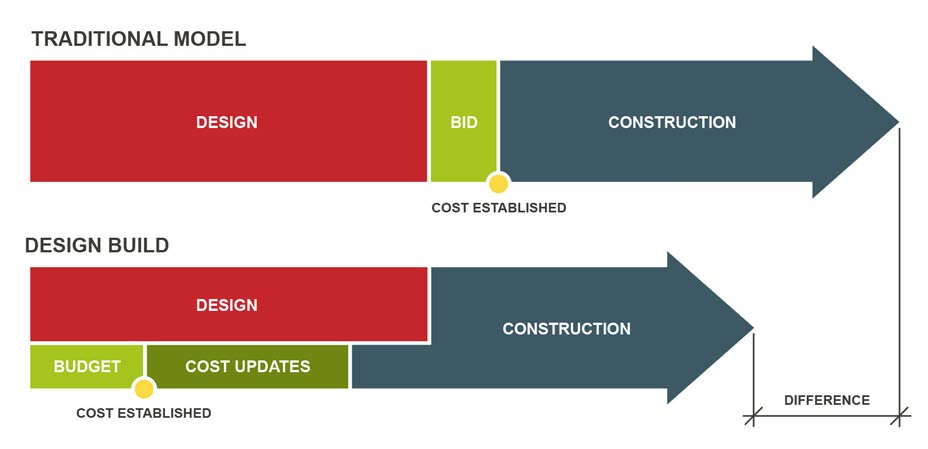
Our Long-Standing Industry Relationships and Connections Are Key to Our Success
We also leverage our longstanding relationships with our subcontractors, fabricators, and vendors to ask questions and get accurate prices for custom solutions from the very people who will be supplying and building them. Architects haven’t formed these relationships, so they are at a disadvantage in understanding the budget impact of their design solutions.
We Know that an Accurate Budget Means Happy Clients
Design build firms are uniquely qualified—and motivated—to align the design with construction costs, which results in a more efficient and client-friendly process. Our accountability for the entire project also means less risk for clients, because it’s our job alone to work out gaps between design and construction. The bottom line? Budgets don’t have to derail a project, and if honest financial discussions happen throughout the process, clients are much more likely to get a project they will enjoy for years.
Read more about how our architecture and construction processes work in unison.
